
How to Use a Digital Car Circuit Scanner Diagnostic Tool
A digital car circuit scanner, like the Foxwell GT60, is a valuable tool for identifying electrical problems in vehicles. This guide covers essential features, setup instructions, diagnostic modes,...

How to Clear Cummins Fault Codes Without a Scan Tool
Fault codes on Cummins engines alert you to potential issues that need attention. Learn easy ways to reset these codes manually or with an OBD2 scanner. Safety tips and guidance on addressing derat...

Save Money, Stress Less! Must-Buy OBD2 Scanners You Can Afford
An overview of cost-effective OBD2 scanners, highlighting popular models, essential features, and user feedback. A practical guide to choosing the right tool for effective car diagnostics on a budget.
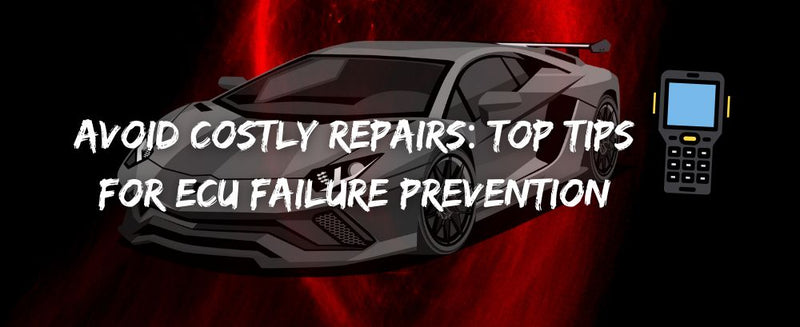
Avoid Costly Repairs: Top Tips for ECU Failure Prevention
ECU failure can lead to expensive repairs, but preventative measures help protect this vital car component. Essential strategies include checking the battery, maintaining the cooling system, using ...

Top Scan Tools for Accurate Timing and Real-Time Data Monitoring
Vehicle diagnostics depend on accurate timing and real-time data monitoring to maintain engine health. Tools like the Foxwell NT710 provide insights into ignition timing, fuel efficiency, and senso...
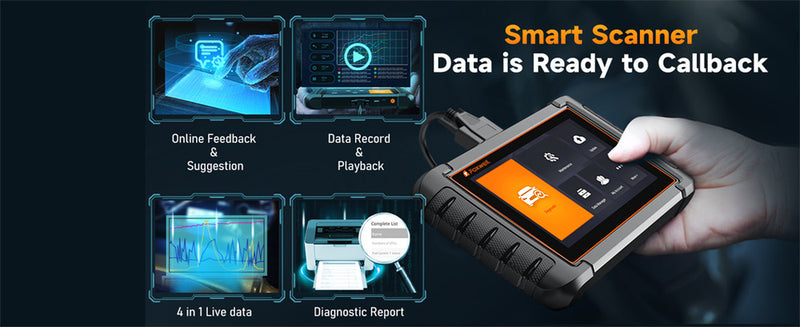
Does Toyota Hybrid Support OBD2 Scanners?
Toyota Hybrid vehicles are compatible with OBD2 scanners, but hybrid-specific scanners provide more detailed diagnostics. Learn how to use an OBD2 scanner on a hybrid, what issues it can detect, an...

How to Use an OBD2 Scanner to Check Battery Health and Detect System Shorts
Using an OBD2 scanner allows car owners to monitor battery health and detect electrical system shorts efficiently. Learn how to interpret voltage readings, check for common issues like alternator f...

How to Connect Bluetooth OBD2 Scanner
A guide to connecting the Foxwell NT809BT Bluetooth OBD2 scanner, including steps for pairing, app setup, and troubleshooting common connection issues.
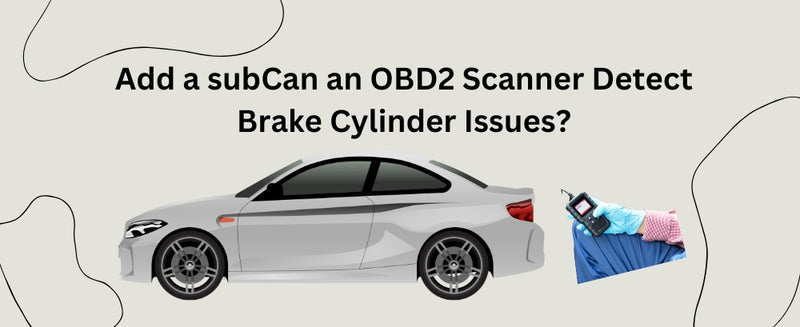
Can an OBD2 Scanner Detect Brake Cylinder Issues?
OBD2 scanners can't detect mechanical issues like brake cylinder failures but are excellent for diagnosing electronic problems. Learn how to spot brake issues and the advantages of tools like the F...
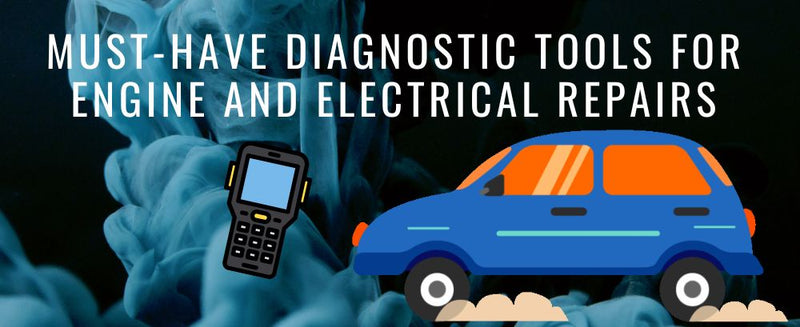
Must-Have Diagnostic Tools for Engine and Electrical Repairs
An OBD-II scanner, like the Foxwell NT809BT, simplifies car diagnostics by reading trouble codes and identifying engine or electrical issues. Key features include wireless connectivity, live data m...

How Do You Reset an Immobilizer?
Immobilizers prevent unauthorized vehicle starts but can sometimes malfunction. Resetting the immobilizer may resolve issues caused by a dead key fob battery, ECU glitches, or battery replacement. ...
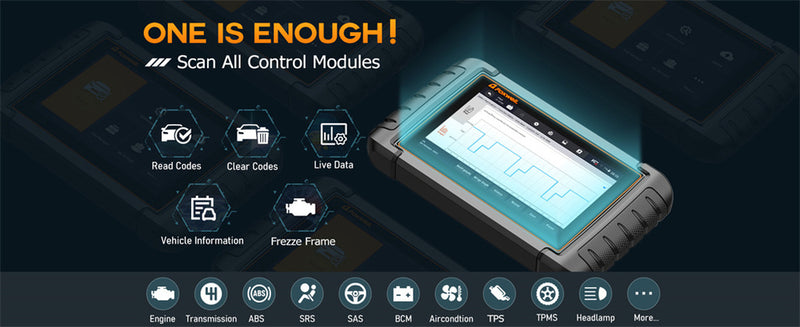
How Important is ECU Scanning in a Scan Tool?
ECU scanning quickly identifies vehicle problems, saving time and money on repairs. Essential features in scan tools include real-time data and bi-directional control, making it easier to diagnose ...
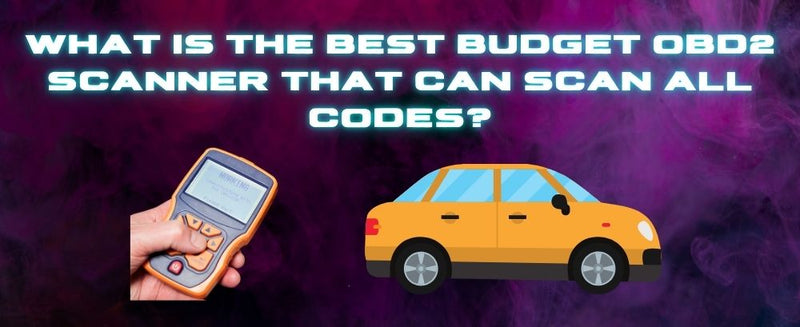
What Is the Best Budget Obd2 Scanner That Can Scan All Codes?
Affordable OBD2 scanners can provide full system diagnostics, including ABS, engine, and SRS codes. Foxwell's NT510 Elite and NT809 models offer excellent features at budget-friendly prices. Regula...

DIY Methods to Test for Leaking Fuel Injector Without a Pressure Gauge
Fuel injector leaks can cause rough starts, poor fuel economy, and engine misfires. Several DIY methods can help detect a leaky injector, such as visual inspections, listening for unusual sounds, a...
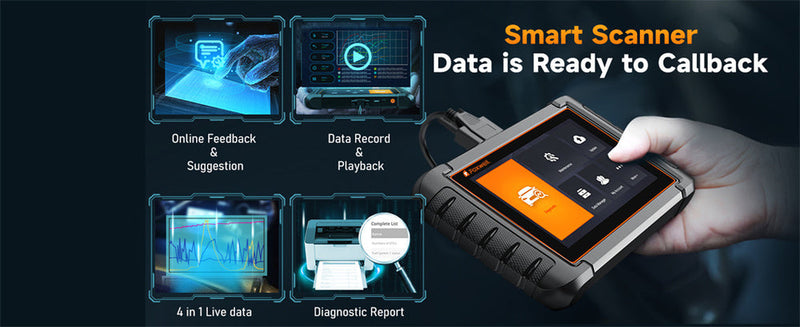
How to Select an OBD2 Scanner for GM ABS and TPMS Codes
Choosing the right OBDII scanner for GM vehicles requires compatibility with ABS and TPMS systems. Key features include live data monitoring, bi-directional control, and ECU coding to diagnose and ...
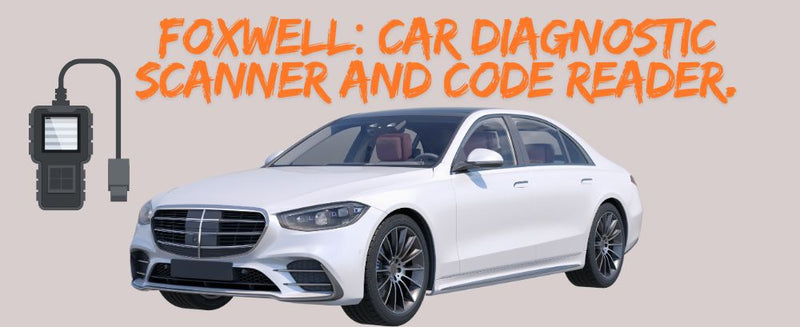
Foxwell: Car Diagnostic Scanner and Code Reader
Foxwell diagnostic scanners provide reliable tools for diagnosing vehicle issues, from basic engine codes to advanced multi-system diagnostics. Models like NT301, NT650 Elite, and NT809 offer ...

Affordable Tools and Methods for Implementing ABS Bleed Procedures
Air trapped in the ABS system can cause soft brakes. Affordable tools like Foxwell NT680, NT809, and NT650 Elite help activate the ABS module to bleed it properly. Manual methods like hard stops ma...

5 Common Causes of ECU Failure and Effective Prevention Strategies
ECU failures can arise from electrical surges, water damage, wear and tear, and software issues. Using diagnostic tools such as the Foxwell NT1009, these problems can be identified and resolved eff...
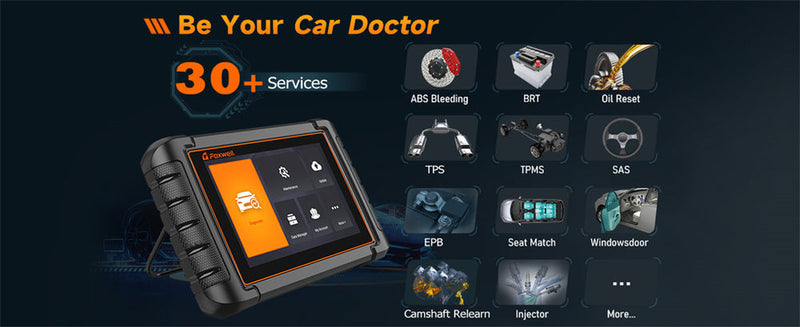
What to Do When You Can’t Program a Car Key
Key programming can fail due to battery issues, wrong key types, or outdated software. With tools like the Foxwell NT809 OBD2 scanner, programming becomes easier, allowing you to fix the issue your...
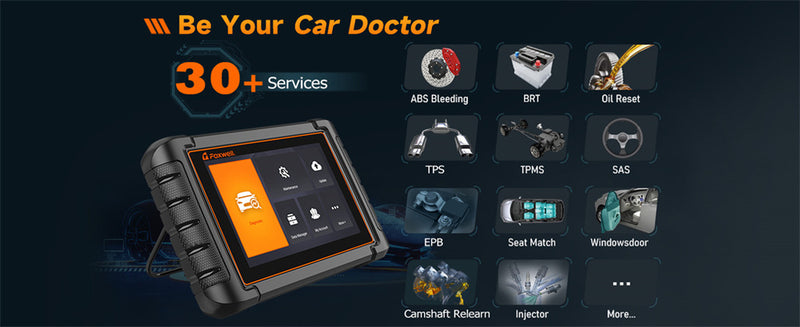
Is It a Good Idea to Buy a Car Diagnostic Tool?
There provides an overview of popular Foxwell car diagnostic tools, including the NT909, NT809, and NT710 models. Each model is discussed in terms of features, price, and suitability for different ...

Best All-Around OBD Scanner for Diesel and Gas Vehicles
Mechanics need versatile OBD scanners like Foxwell NT1009 for battery issues and NT809 for full-system diagnostics, providing fast, reliable results in the field.

How to Reset Your BMW's Adaptive Transmission in 30 Seconds
BMW owners can improve transmission performance with a quick reset process. For more advanced issues, an OBD2 scanner such as the Foxwell NT809BT provides wireless diagnostics, real-time d...
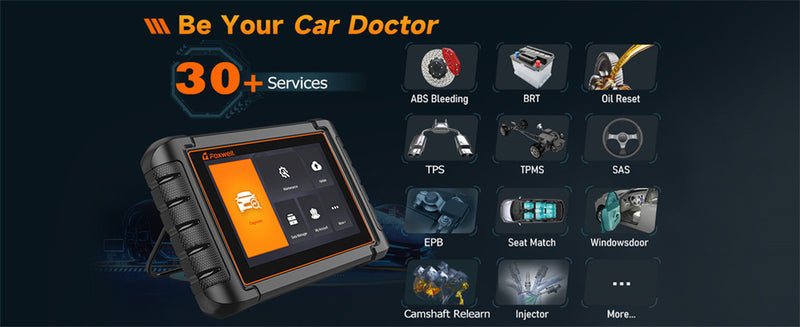
What's the Best 'bang for Your Buck' Obd2 Scanner?
An OBD2 scanner is an essential tool for modern car maintenance, providing quick diagnostics and error code reading. Foxwell offers a range of high-quality scanners, from budget-friendly models to ...
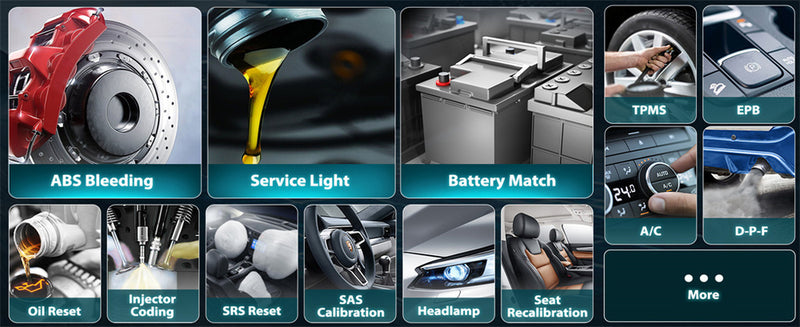
Oil Control System vs Oil and Filter: What’s the Difference?
The oil control system manages oil flow, while oil and filter maintenance keeps the oil clean. Both are vital for engine health, and an OBD2 Scanner helps detect issues before they become costly re...


